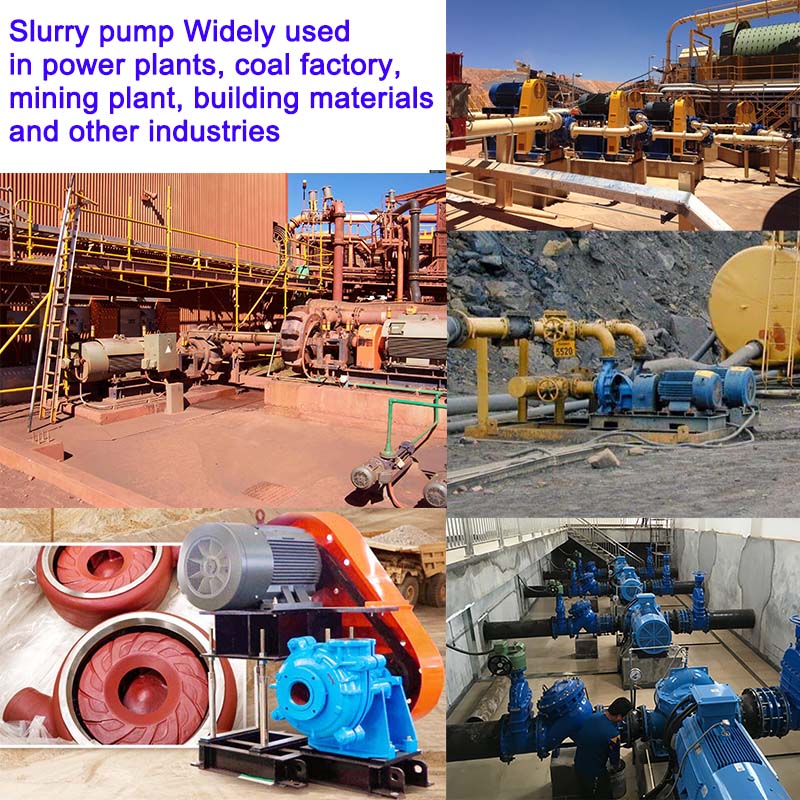English
- Afrikaans
- Albanian
- Amharic
- Arabic
- Armenian
- Azerbaijani
- Basque
- Belarusian
- Bengali
- Bosnian
- Bulgarian
- Catalan
- Cebuano
- Corsican
- Croatian
- Czech
- Danish
- Dutch
- English
- Esperanto
- Estonian
- Finnish
- French
- Frisian
- Galician
- Georgian
- German
- Greek
- Gujarati
- Haitian Creole
- hausa
- hawaiian
- Hebrew
- Hindi
- Miao
- Hungarian
- Icelandic
- igbo
- Indonesian
- irish
- Italian
- Japanese
- Javanese
- Kannada
- kazakh
- Khmer
- Rwandese
- Korean
- Kurdish
- Kyrgyz
- Lao
- Latin
- Latvian
- Lithuanian
- Luxembourgish
- Macedonian
- Malgashi
- Malay
- Malayalam
- Maltese
- Maori
- Marathi
- Mongolian
- Myanmar
- Nepali
- Norwegian
- Norwegian
- Occitan
- Pashto
- Persian
- Polish
- Portuguese
- Punjabi
- Romanian
- Russian
- Samoan
- Scottish Gaelic
- Serbian
- Sesotho
- Shona
- Sindhi
- Sinhala
- Slovak
- Slovenian
- Somali
- Spanish
- Sundanese
- Swahili
- Swedish
- Tagalog
- Tajik
- Tamil
- Tatar
- Telugu
- Thai
- Turkish
- Turkmen
- Ukrainian
- Urdu
- Uighur
- Uzbek
- Vietnamese
- Welsh
- Bantu
- Yiddish
- Yoruba
- Zulu
Telephone: +86 13120555503
Email: frank@cypump.com
Dec . 23, 2024 06:58 Back to list
sump pump for sewage
Understanding Sump Pumps for Sewage Management
Sump pumps are essential devices used in homes and commercial establishments to manage excess water and sewage in basements and crawl spaces. These pumps play a vital role in preventing water damage and maintaining a sanitary environment, especially in areas prone to flooding or high groundwater levels. This article explores the importance, functionality, and types of sump pumps specifically designed for sewage management.
At its core, a sump pump is a submersible pump that is typically installed in a sump pit, a low-lying area in a basement or crawl space where water collects. The primary objective of a sump pump is to remove this collected water and prevent it from overflowing, which can lead to serious structural damage, mold growth, and other health hazards. When it comes to sewage management, specialized sump pumps are used to handle wastewater and solid waste, ensuring proper disposal and hygiene.
One of the key advantages of using a sump pump for sewage is its ability to mitigate flooding. In regions that experience heavy rainfall or snowmelt, basements can easily accumulate water if not properly managed. A sump pump serves as a first line of defense by automatically detecting rising water levels and activating to pump out the excess water. This prevents the accumulation of sewage, which can create a hazardous environment if left untreated.
Sump pumps come in various types, tailored for specific applications. The two main categories are pedestal pumps and submersible pumps. Pedestal pumps are mounted above the sump basin, with a long shaft extending down to the pump impeller. They are usually less expensive and easier to maintain, but they can be louder and less efficient in handling large volumes of sewage. Submersible pumps, on the other hand, are designed to operate submerged in the wastewater, making them more efficient and quieter. They are specifically engineered for handling both wastewater and solid waste, making them ideal for sewage applications.
sump pump for sewage

When selecting a sump pump for sewage management, it is crucial to consider the pump’s capacity and discharge height. The capacity, often measured in gallons per hour (GPH), indicates how much water the pump can handle. For sewage applications, it is essential to choose a pump with sufficient capacity to manage peak flow rates effectively. Additionally, the discharge height, or the vertical distance the pump must push the sewage, is another critical factor. A pump must be capable of discharging waste to the main sewer line or an appropriate drainage system.
Installation and maintenance of sewage sump pumps are critical to their performance and longevity. Professional installation is recommended, especially when dealing with sewage systems, to ensure proper placement, plumbing, and electrical connections. Regular maintenance is also essential, which includes inspecting the pump for any signs of wear and tear, clearing obstructions from the impeller, and testing the float switch to ensure it operates correctly.
In terms of benefits, sewage sump pumps can significantly contribute to the overall health and safety of a living space. By effectively managing wastewater, these pumps help prevent odors, bacterial growth, and potential structural damage from water intrusion. They provide peace of mind for homeowners, knowing that they have a reliable system in place to address flooding and sewage overflow.
In conclusion, sump pumps for sewage management are crucial for maintaining safe and sanitary living environments. They protect properties from flooding, manage wastewater effectively, and contribute to the overall health of a household. With the right sump pump, property owners can safeguard their homes against the relentless challenges posed by water accumulation and sewage management. Whether you are experiencing frequent flooding or simply want to be proactive, investing in a quality sewage sump pump is a wise decision for any homeowner.
-
ISG Series Vertical Pipeline Pump - Chi Yuan Pumps Co., LTD.|High Efficiency, Energy Saving, Low Noise
NewsJul.30,2025
-
ISG Series Vertical Pipeline Pump- Chi Yuan Pumps|High Efficiency&Low Noise
NewsJul.30,2025
-
ISG Series Vertical Pipeline Pump-Chi Yuan Pumps Co., LTD.|High Efficiency&Energy Conservation
NewsJul.30,2025
-
ISG Series Vertical Pipeline Pump - Chi Yuan Pumps Co., LTD.|Advanced Hydraulic Design&Energy-Efficient Solutions
NewsJul.30,2025
-
ISG Series Vertical Pipeline Pump - Chi Yuan Pumps Co., LTD.
NewsJul.30,2025
-
ISG Series Vertical Pipeline Pump - Chi Yuan Pumps Co., LTD.|energy-efficient fluid handling&industrial durability
NewsJul.30,2025










